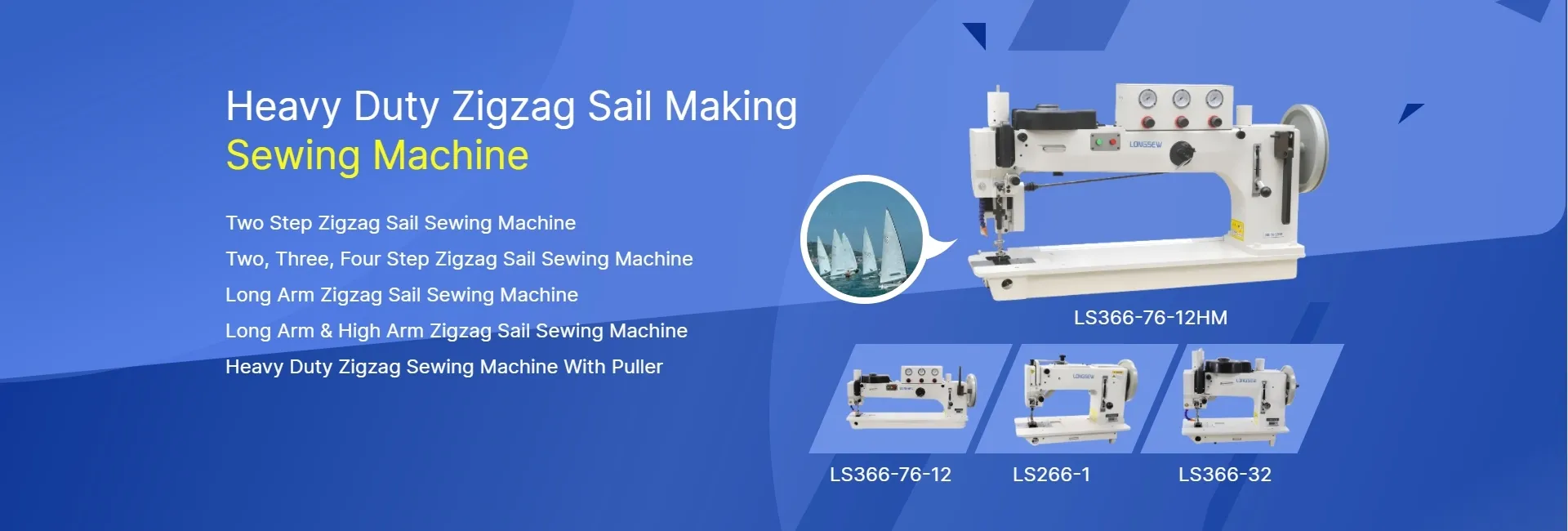compound feed sewing machine
The Importance of Compound Feed Sewing Machines in the Textile Industry
In today's competitive textile industry, efficiency and precision play critical roles in production processes. Among the various types of sewing machines, compound feed sewing machines have gained prominence for their ability to handle complex sewing tasks with remarkable accuracy and speed. These machines are designed to tackle a variety of fabrics, making them essential tools for manufacturers aiming to produce high-quality garments and other textile products.
What is a Compound Feed Sewing Machine?
A compound feed sewing machine is an advanced type of industrial sewing machine that combines different feeding mechanisms to ensure smooth and precise feeding of the fabric. Typically, it integrates the needle feed, walking foot, and feed dog mechanisms. This combination allows the machine to move the fabric both from the top and bottom, thus minimizing the risk of fabric slipping or puckering, which is often a challenge with traditional sewing machines. As a result, compound feed machines are particularly well-suited for sewing multiple layers of fabric, heavy materials, and bulky items like leather and upholstery.
Advantages of Compound Feed Sewing Machines
1. Versatility One of the standout features of compound feed sewing machines is their versatility. They can work with a wide range of materials, from lightweight fabrics to thick textiles. This adaptability makes them a favorite among manufacturers who produce diverse products, including clothing, bags, and home furnishings.
2. Increased Efficiency The design of compound feed machines allows for better control over the fabric feed, leading to quicker and more efficient sewing operations. This efficiency is crucial for high-volume production where time is of the essence.
3. Enhanced Stitch Quality With the combination of feeding mechanisms, compound feed sewing machines can produce more consistent and high-quality stitches. This is particularly important for products where durability and aesthetics are vital, such as upholstery and automotive textiles.
compound feed sewing machine

4. Reduced Operator Fatigue Unlike traditional machines that may require significant manual adjustment and control, compound feed machines often come with automated features that ease the sewing process. This reduction in manual effort can lead to lower operator fatigue, allowing workers to maintain high levels of productivity throughout their shifts.
5. Adaptability for Complex Designs The machine's ability to handle intricate designs and patterns is another significant advantage. Manufacturers can implement detailed designs without worrying about fabric distortion, thus expanding their creative capabilities.
Applications in the Textile Industry
Compound feed sewing machines are widely used across various sectors of the textile industry. The apparel sector relies on them for creating garments that require meticulous attention to detail, such as jackets and tailored suits. In the leather goods sector, these machines are invaluable for producing handbags and wallets, where precision stitching is crucial.
Additionally, upholstery manufacturers benefit from the robust nature of compound feed sewing machines, enabling them to sew thick materials like foam and vinyl with ease. The automotive industry also utilizes these machines for stitching seat covers and other interior components, where durability and style are paramount.
Conclusion
In conclusion, compound feed sewing machines are essential assets in the modern textile industry. Their blend of efficiency, precision, and versatility makes them a preferred choice for manufacturers seeking to produce high-quality products quickly and effectively. As the demand for intricate designs and durable materials continues to rise, the role of compound feed machines will only become more significant. Investing in such technology is not just a step towards modernization; it is a leap towards achieving excellence in textile manufacturing.
-
Boost Production Efficiency with a Pattern Sewing MachineNewsAug.29,2025
-
Industrial Excellence with the Best Heavy Duty Sewing MachineNewsAug.29,2025
-
Precision and Power with the Best Pattern Sewing MachineNewsAug.29,2025
-
Reliable Bulk Packaging Starts With the Right FIBC Sewing MachineNewsAug.29,2025
-
Advanced Packaging Solutions: Elevate Productivity with Jumbo Bag Sewing Machine and Industrial Stitching EquipmentNewsAug.29,2025
-
High-Performance Solutions for Bulk Packaging: FIBC Sewing Machine and MoreNewsAug.29,2025
-
Maximize Efficiency with an Industrial Cylinder Arm Sewing MachineNewsAug.28,2025


























